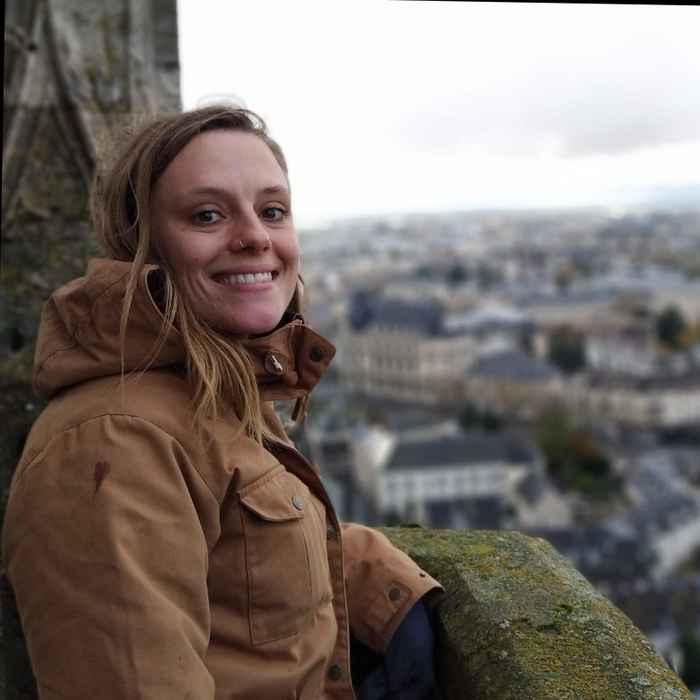Josien Visser

Astrocytes, star-shaped non-neuronal cells in the brain, have been my focus for the past 6 years. How did I end up studying this quite specific topic? When I was around 16 years old, my neighbour gave me a book about neuroscience. I was immediately fascinated. So, I decided to study psychobiology at the UvA. Neuroscience is exciting, because of the interdisciplinary nature of this field. Not only psychology and biology are combined, but you can also use physics, chemistry, and many other disciplines to tackle questions about the same topics. Hence, I choose the multidisciplinary master Brain and Cognitive Sciences. An interdisciplinary master’s degree also gives you more freedom in your choice of topics.
During one of the courses, we had to present a scientific article to our fellow students. Prof. Melly Oitzl had a huge influence on my career in academia, because she handed me an article about the role of astrocytes in memory. It left me flabbergasted. Even after studying neuroscience for four years (at that time) the only thing we were taught was that astrocytes provide nutrition and clean waste products. Contrarily, this article showed that astrocytes are vital for long term memory formation! From that moment my scientific path followed these stars of the brain. After getting my master’s degree, I joined the Neuroglial Interactions in Cerebral Physiopathology team of dr. Rouach in Paris to study how astrocytes mediate visual processing. In December of 2022, I moved to Genova in Italy to develop in vivo imaging techniques for astrocytes in the Optical Approaches to Brain Function group of Dr. Fellin. This shows that sometimes little incidents can have a huge impact on the rest of your life.